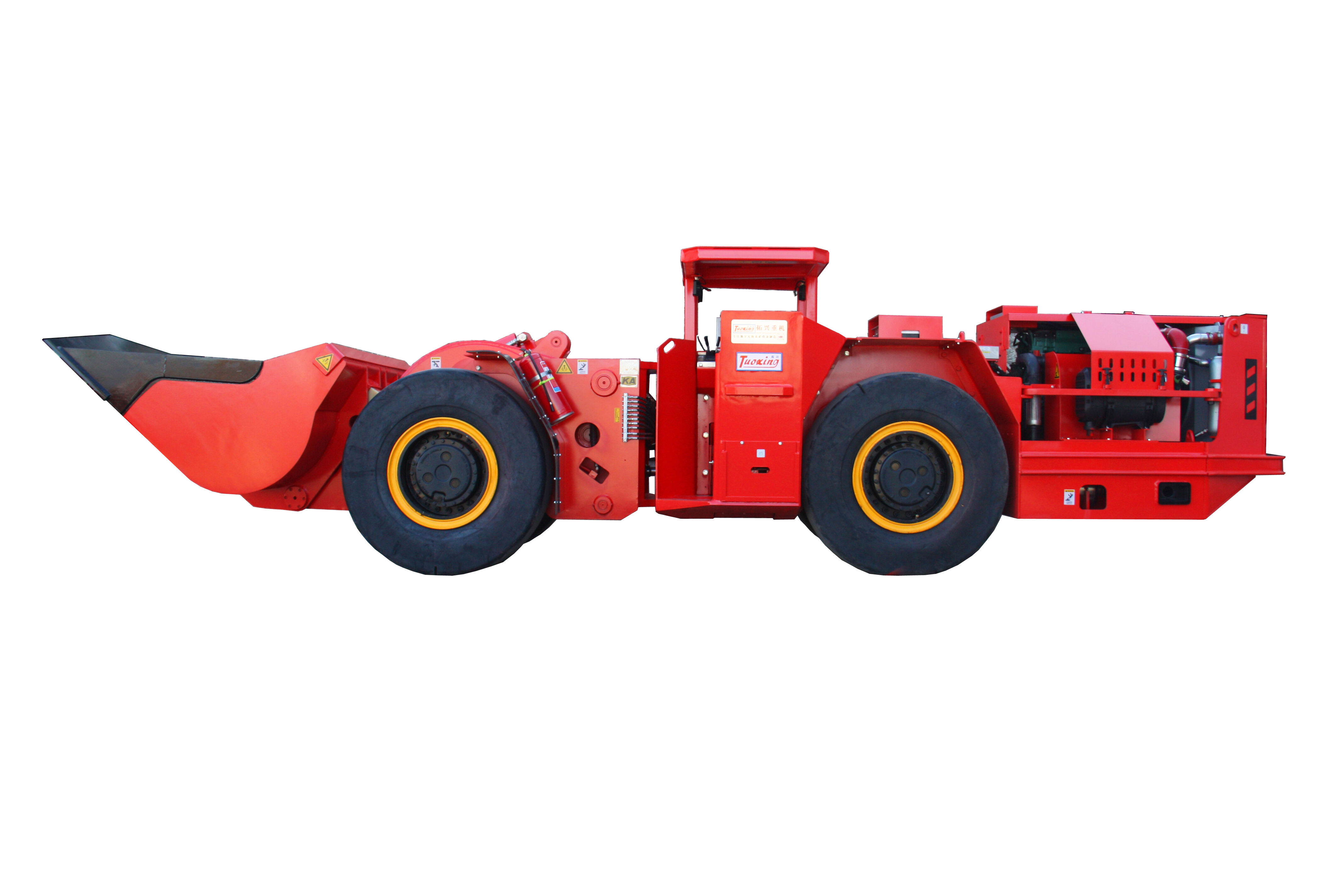先進的な運搬ソリューションによる現代鉱山作業の変革
鉱山作業の進化は、鉱山用ダンプトラックの導入とその継続的な技術進歩によって大きく形作られてきました。これらの巨大な車両は大規模鉱山プロジェクトの基盤として機能し、膨大な量の資材を輸送することで、運用コストを大幅に削減しています。鉱山作業が拡大し、効率性への要求が高まる中で、こうした特殊用途トラックは、生産性と持続可能性の向上を目指す鉱業界において不可欠な資産となっています。
現代の鉱業環境において、鉱山用ダンプトラックは単なる車両以上の存在です。これらは堅牢な機械システムと最先端の技術を融合させた高度な工学製品であり、素材の輸送という単純な役割を超えて、現場の計画や資源管理、環境規制への適合に至るまで、さまざまな側面に影響を与えています。今日の厳しい市場で操業を最適化し、競争上の優位性を維持しようとする鉱業事業者にとって、こうした車両の役割と能力を理解することは極めて重要です。
最新の鉱山用ダンプトラックの主な特徴と機能
高度な積載量管理システム
現代の鉱山用ダンプトラックには、最適な積載と重量配分を確保する高度なペイロード管理システムが搭載されています。これらのシステムは、先進的なセンサーやリアルタイム監視技術を活用して過積載を防止しつつ、容量の最大限の利用を実現します。オペレーターは正確な積載重量を追跡し、荷重分布のパターンを監視して、シフト中を通して効率をピークに保つために積み付け戦略を調整できます。
ペイロード管理技術の導入は、メンテナンスコストの削減や機器寿命の延長にも貢献します。過積載を防ぎ、適切な重量配分を維持することで、重要な部品への過度な摩耗やストレスを軽減し、結果として修理回数が減少し、運転稼働率が向上します。
燃料効率の革新
今日の鉱山用ダンプトラックは、性能を損なうことなく燃料消費量を大幅に削減する革新的なエンジン設計および電力管理システムを備えています。先進的なディーゼル・ハイブリッドシステム、回生制動技術、そしてインテリジェントな電力分配機構が連携して、さまざまな運転条件下での燃料使用量を最適化します。
これらの燃料効率の革新により、運用コストの削減だけでなく、環境持続可能性の目標達成も支援されます。鉱山事業者は、燃料効率の高い鉱山用ダンプトラックを戦略的に導入することで、生産性を維持または向上させながら、著しくカーボンフットプリントを削減できます。
鉱山生産性への運用上の影響
強化された資材搬送能力
現代の鉱山用ダンプトラックの規模の大きさは、鉱山作業における資材搬送能力を革新しました。一回の運搬で100トンから400トン以上もの積載能力を持つこれらの車両により、鉱山現場は大量の資材を効率的に移動させることが可能になっています。この容量の増加は、生産性の向上と移動する1トンあたりのコスト削減に直接つながっています。
鉱山用ダンプトラックの戦略的なフリート展開により、資源の最適な活用を図りながら一貫した生産レベルを維持することが可能になります。トラックの容量をショベルの能力や運搬路の状態に正確に合わせることで、鉱山企業は資材の搬送効率において顕著な改善を実現できます。
短縮されたサイクル時間
鉱山用ダンプトラックにおける先進的なエンジニアリングにより、サイクルタイム(積み込み、運搬、および排出の一連の作業を完了するのに必要な総時間)が大幅に短縮されました。最新のトラックは、加速性能の向上、ブレーキシステムの強化、旋回半径の最適化などにより、より迅速なサイクルタイムを実現しています。
自動化システムとスマートルーティング技術の統合により、操縦者が最適な速度を維持し、積み込みポイントと排出ポイント間で最も効率的な経路を選択できるため、さらにサイクルタイムが短縮されます。このようなサイクルタイム効率の改善は、鉱山作業全体の生産性に直接的な影響を与えます。
技術統合と自動化
自律運転システム
鉱山用ダンプトラックへの自律走行技術の統合は、運用効率において大きな飛躍を示している。これらのシステムにより、トラックは最適化されたルートに従い、24時間を通じて一貫した性能を維持しながら、最小限の人間の介入で継続的に稼働することが可能になる。自律走行型鉱山用ダンプトラックは、厳しい環境下でも安全プロトコルおよび運用パラメータを正確に遵守しながら作業を行うことができる。
自律システムの導入は、運用におけるばらつきの低減と全体的な車両隊の利用率向上において顕著な成果を上げている。自律走行トラックを活用する鉱山事業では、生産性の大幅な向上と運用コストの著しい削減が報告されている。
車両隊管理および分析
現代の鉱山用ダンプトラックには、車両の性能、メンテナンスの必要性、および運用指標に関するリアルタイムデータを提供する高度なフリート管理システムが搭載されています。これらのシステムにより、オペレーターはフリートの配備、メンテナンスのスケジューリング、およびリソース配分についてデータに基づいた意思決定を行うことが可能になります。
高度な分析機能により、鉱山事業者はトラックの性能におけるパターンや傾向を把握し、予知保全の計画化や積み降ろし作業の継続的な最適化を実現できます。このようなデータ駆動型のフリート管理は、鉱業界で競争優位を維持するためにますます重要になっています。
安全性と環境への配慮
セキュリティ 機能
鉱山用ダンプトラックには、運転者を保護し、現場の安全性を維持するための多数の安全機能が搭載されています。これには、視界を広げるシステム、衝突回避技術、および安定性制御機構が含まれます。これらの安全機能を統合することで、事故発生率が大幅に低下し、鉱山での作業環境全体の安全性が向上しています。
最新のトラックには、事故を防止し安全な運行状態を維持するための高度な運転支援システムも備わっています。これらのシステムは、トラックの安定性、他の車両との接近状況、および潜在的な危険に関するリアルタイムのフィードバックを提供することで、安全性を最優先した判断を行うことを運転者に可能にします。
環境への影響の軽減
最新世代の鉱山用ダンプトラックには、環境への影響を最小限に抑えるために設計されたさまざまな機能が含まれています。高度な排出ガス制御システムから騒音低減技術まで、これらの車両は生産性を維持しながら、ますます厳格化する環境規制への適合を鉱山事業に支援しています。
製造メーカーは、電動式や水素駆動式など、持続可能な運用に対する産業のアプローチを革新する可能性を秘めた、鉱山用ダンプトラックの環境負荷を低減する新しい技術の開発を続けています。
よく 聞かれる 質問
鉱山用ダンプトラックの平均寿命はどのくらいですか?
鉱山用ダンプトラックの一般的な寿命は、運用条件やメンテナンス方法によって異なりますが、通常10〜15年です。適切なメンテナンスと主要システムの定期的なアップデートにより、性能を十分に維持したまま20年間使用されるトラックもあります。
鉱山用ダンプトラックは運用コストにどのような影響を与えますか?
鉱山用ダンプトラックは、資材の搬送効率の向上、労働力の削減、燃料消費の最適化により、運用コストを大幅に削減します。初期投資は大きいものの、展開後3〜5年以内に投資回収が可能となることが多く、長期的にはコストメリットが明らかになります。
鉱山 ダンプ トラック に は どんな 整備 要求 が あり ます か
採掘用ダンプトラックには,日常の検査,定期的な整備間隔,定期的な主要部品の改修など,定期的な予防的な保守が必要です. 整備のスケジュールを最適化し, 作業に障害を起こす前に 潜在的な問題を予測するのに 役立つ高度な監視システムです

